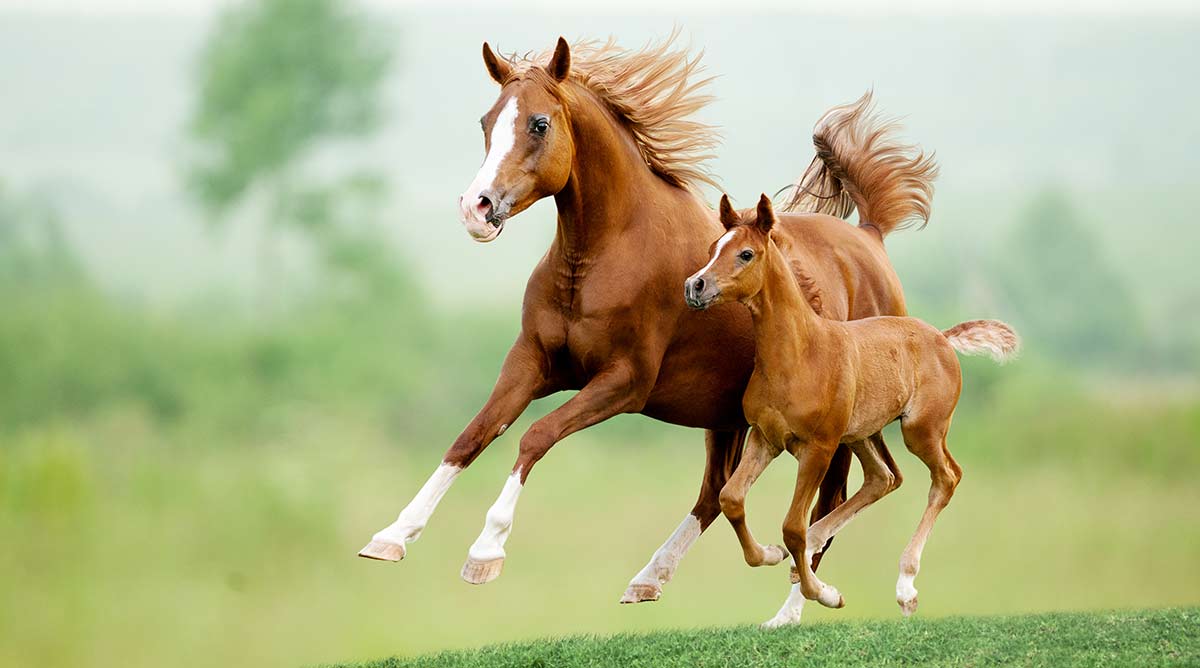Book Summary: Dogs: Domestication and the Development of a Social Bond by Darcy F. Morey, 2010. Cambridge University Press, New York, NY.
Dr. Darcy Morey is an anthropologist specializing in archaeology. He has focused his research in part on the study of dog remains (particularly dog burials) at archaeological sites in Greenland and elsewhere. Dr. Morey is currently a Research Associate with the Forensic Science Institute at Radford University in Radford, Virginia.
Morey devotes much of the book to a discussion of the evolutionary history of the dog, with a special emphasis on the role that ritualistic dog burials have played in elucidating the timing of dog domestication and the social bond that dogs have shared with humans for thousands of years. Specifically, evidence from bone morphology can be used to distinguish wolf (or other species) from dog specimens, and ritualistic interments of dogs allow researchers to examine how dogs were viewed by ancient humans. Such evidence supports the now widely accepted theory that the modern dog has evolved from the grey wolf, and that the domestication of the dog occurred approximately 15,000 years ago (although this timeline is disputed by some mitochondrial DNA evidence, with which Morey takes exception).
Morey then turns his focus to the past and present social bond between humans and dogs. Dog burials, in which skeletons of dogs have been found placed alongside humans in shared graves, are often arranged with great care and signal reverence, affection, and respect. Such nonhuman graves are rare in the archaeological record and Morey argues they represent one of the clearest remaining signs of human affection for dogs in past societies. These skeletal dog remains also provide extensive information on the roles that dogs have played in human societies. For example, damage to particular bone structures can elucidate the types of weights that dogs have been asked to carry, such as sleds. Morey devotes a chapter to the Arctic dogs and their role in hunting and transport, and it’s clear that much has been learned of their past presence and societal use in the North through bone analysis. Bones can also serve as remaining testament to the occasional use of dogs as food for human societies.
Morey concludes with a discussion of some roles that dogs play in modern human societies (e.g., search and rescue, wartime assistance, health services), and a characterization of those qualities in dogs that have likely served to cement their social bond with humans. He emphasizes dogs’ (and wolves’) social pack structure, dogs’ ability to attend to human social cues, their emotional similarities to humans, and even their musicality as behavioral tendencies or features that endear them to us and perpetuate their role not only as working members of society but more broadly as beloved members of many human families across the globe.
Morey’s book is a thorough and intriguing account of the archaeological evidence for domestic dogs in ancient human societies, including the timing of their arrival on the scene as a distinct species, their distribution across the globe, their treatment by humans, and, through interpretation of ritualistic dog burials, their honored place within the human heart and psyche.





